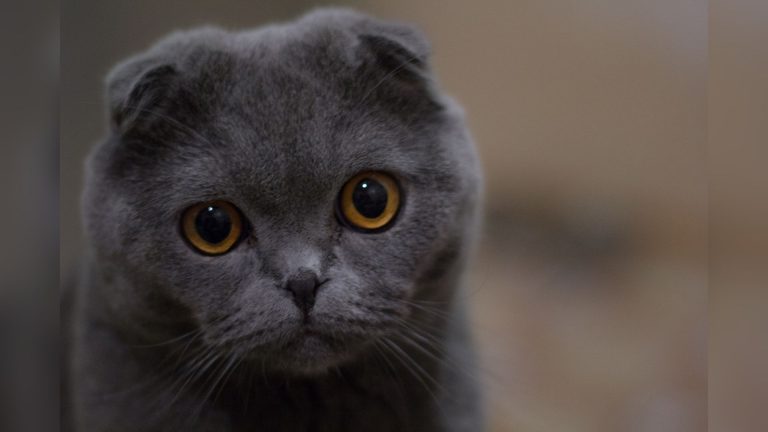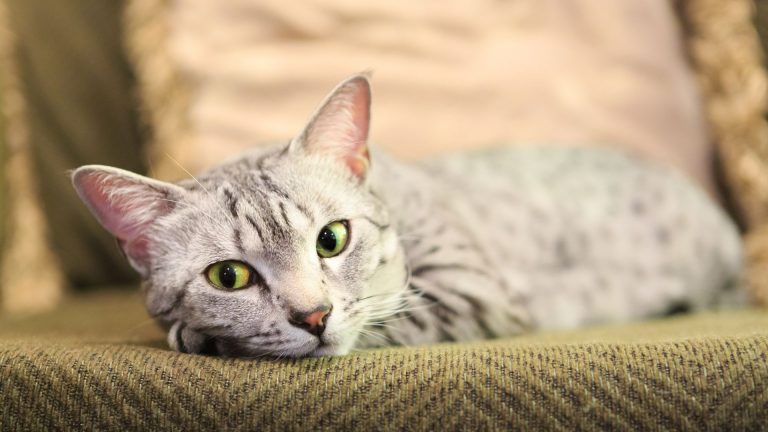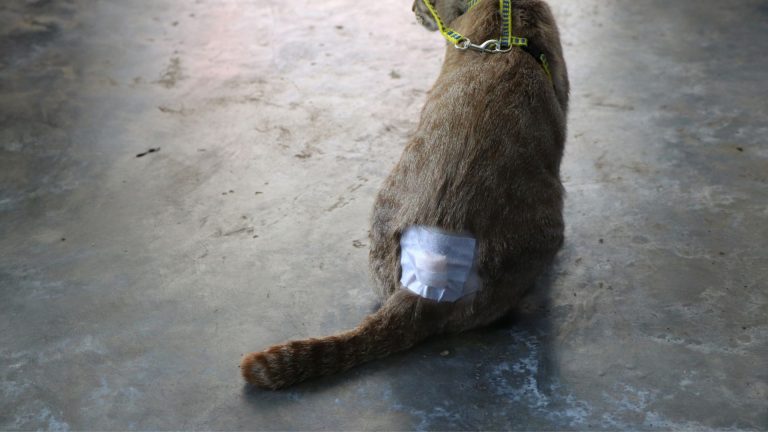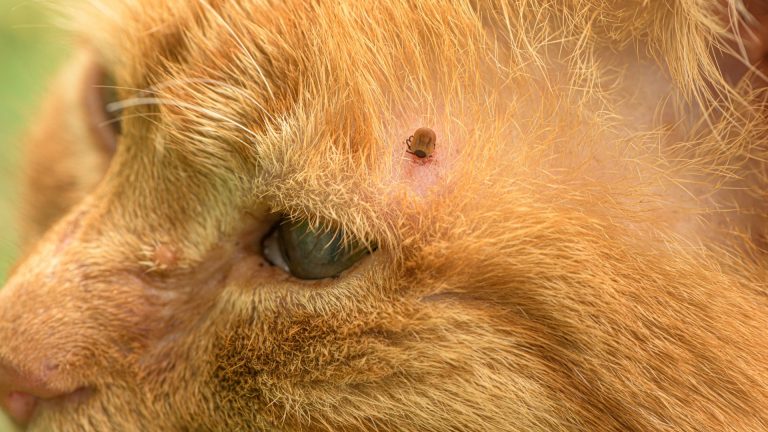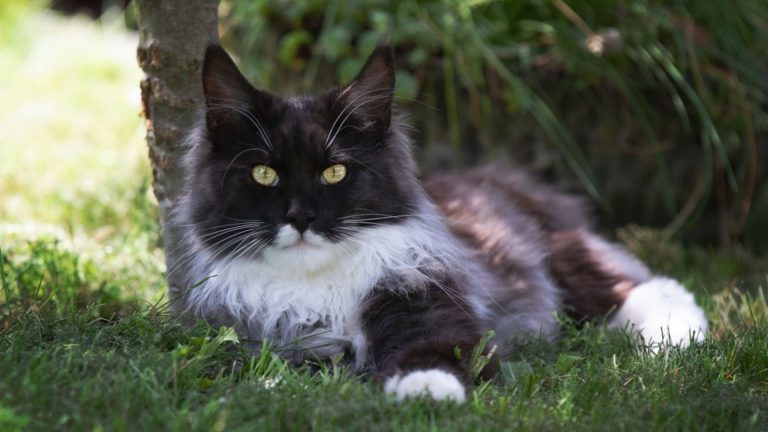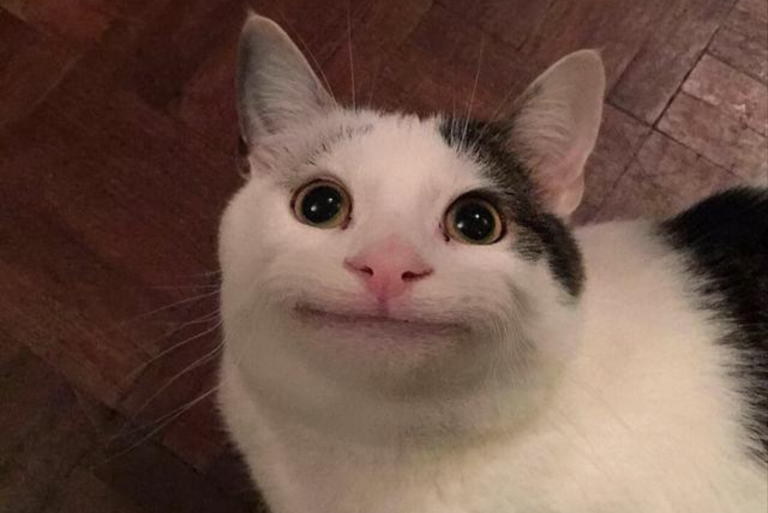7 Reasons Why Your Cat Is Walking In Circles
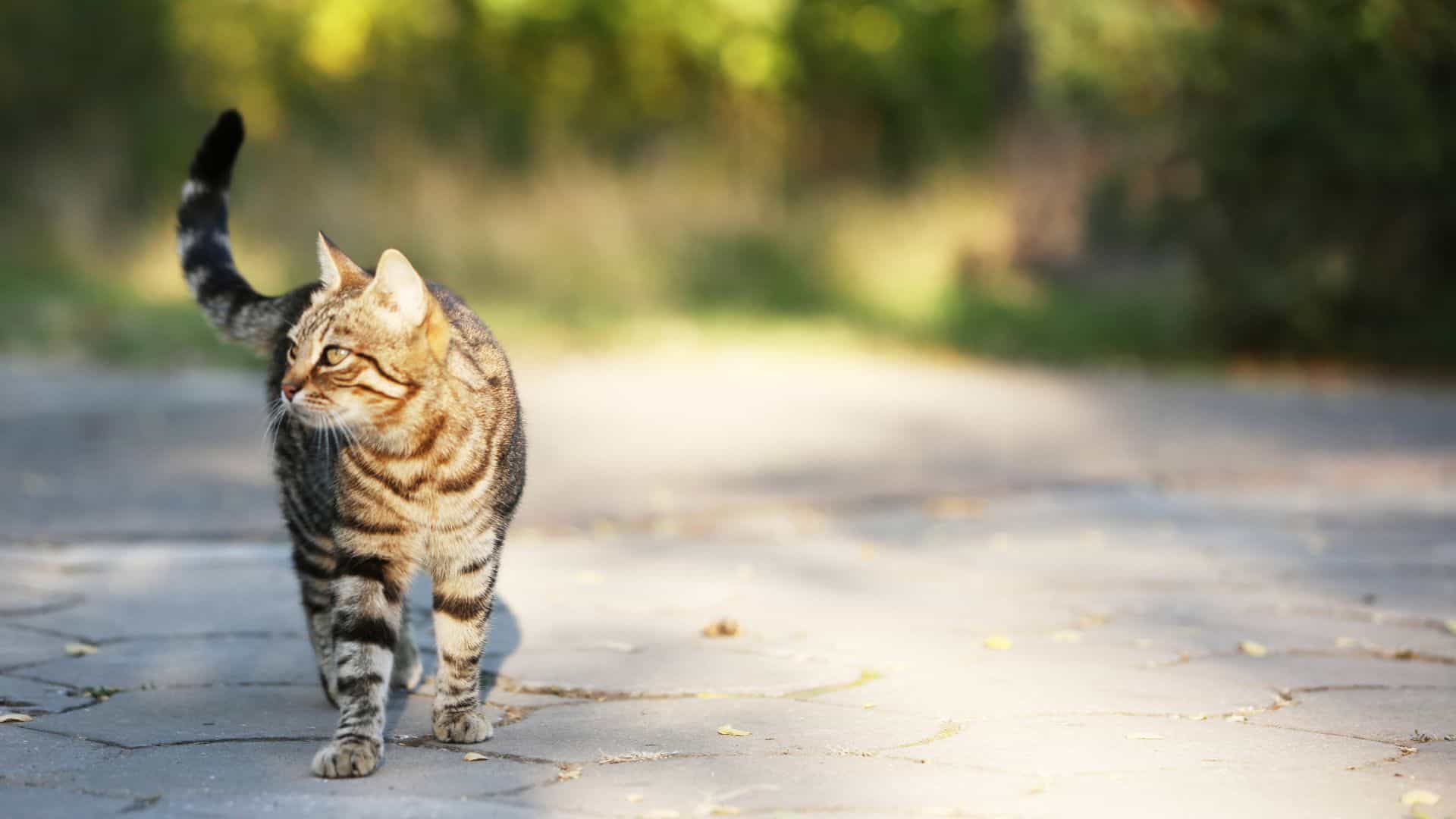
Have you ever noticed your cat walking in circles? If your answer is yes, then here are certain things you should know about this cat behavior.
Cats usually turn in circles before lying down, or before peeing and pooping. However, the reason why you should learn more about this behavior is that sometimes it may point to more serious issues that require professional help.
Is Walking In Circles A Normal Cat Behavior?
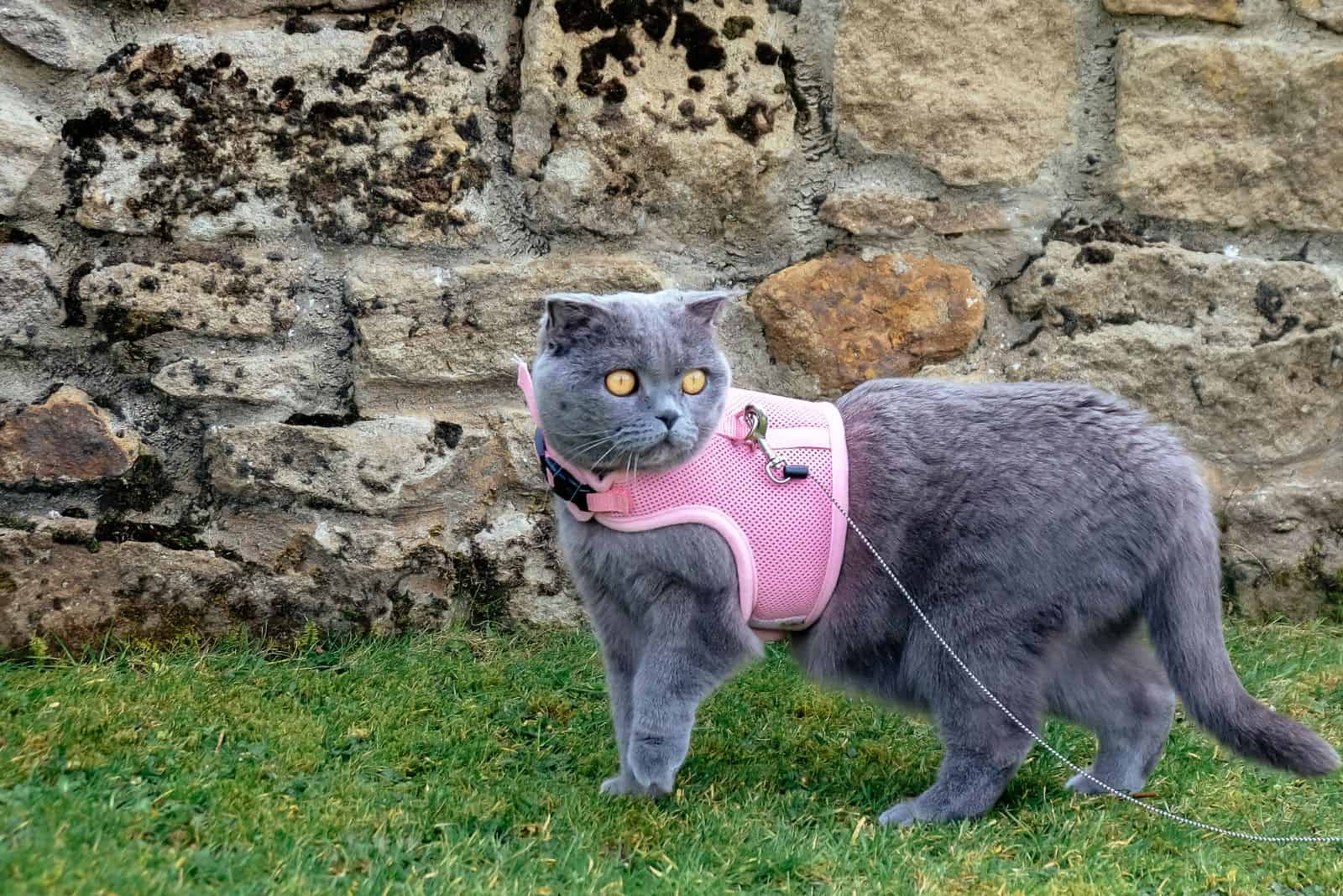
Cats walking in circles can be normal or abnormal behavior. For example, cats may walk in circles when you walk them on a leash or cat harness for the first time until they get used to the feel of the harness or leash.
However, abnormal circling looks different and requires your attention. Usually, abnormal circling points to certain underlying diseases and is followed by clinical signs that will help you differentiate it from normal circling.
Here are several reasons why your cat is walking in circles that usually require professional help.
#1 Anxiety

Cats can be anxious, and sometimes they may walk in circles because of it. Cat anxiety usually causes bodily reactions and changes in the cat’s behavior. However, according to PetMD, other signs that will help you recognize anxiety in your cat are:
• loss of appetite
• loud and frequent vocalizations
• pacing
• excessive hiding
• excessive grooming
• trembling
• breathing difficulties
• staring
• aggression, etc.
If you assume that anxiety is the reason for your cat walking in circles, you can try comforting your cat and eliminating possible stressors from its environment, or you can consult with your veterinarian, which I prefer the most.
#2 Pacing
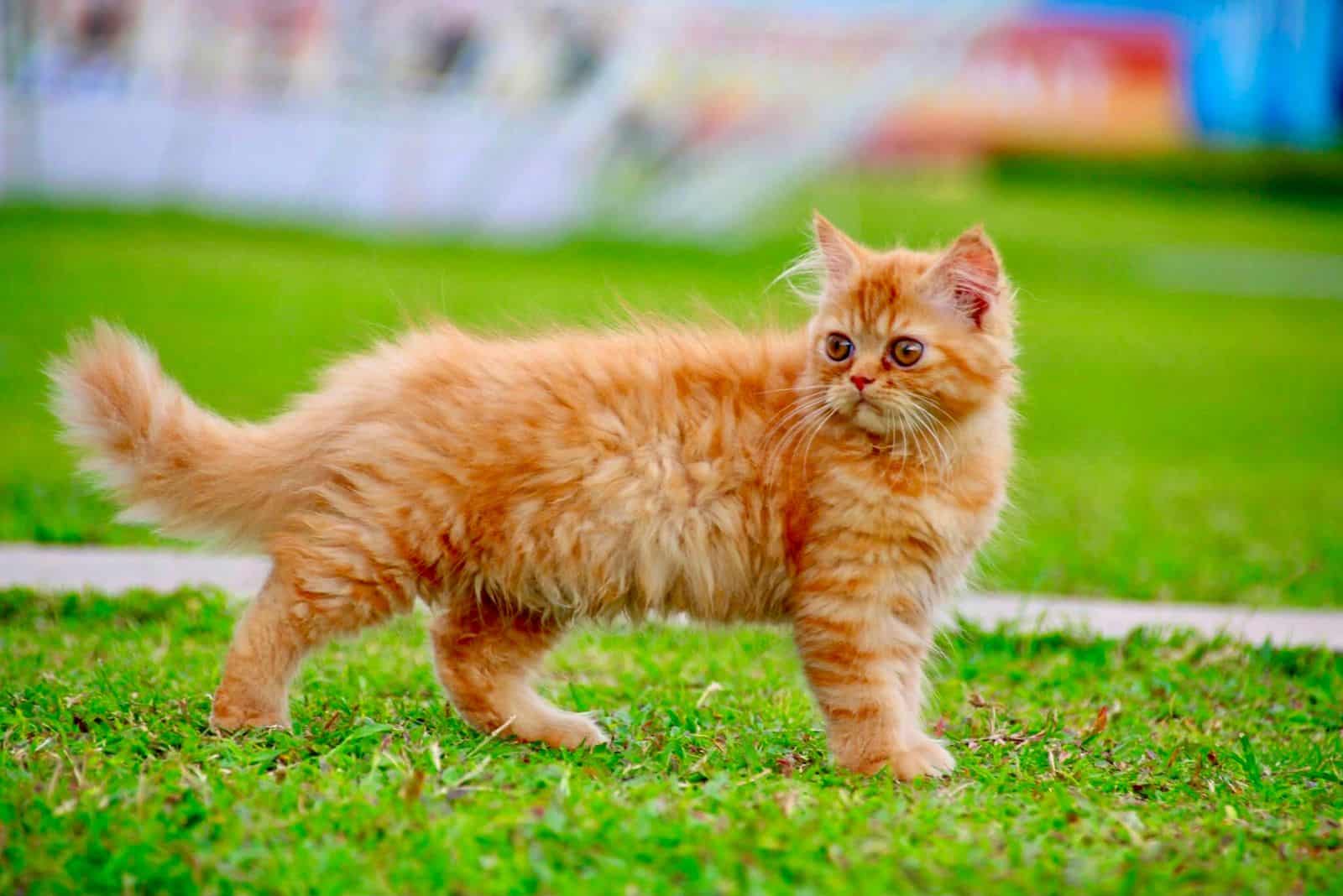
Pacing doesn’t mean your cat’s walking in circles; however, it may seem so. Intact females often pace when they go in heat. So, if you think your female feline is circling often, maybe she’s just pacing, and you can fix that by having her spayed.
#3 Head Trauma
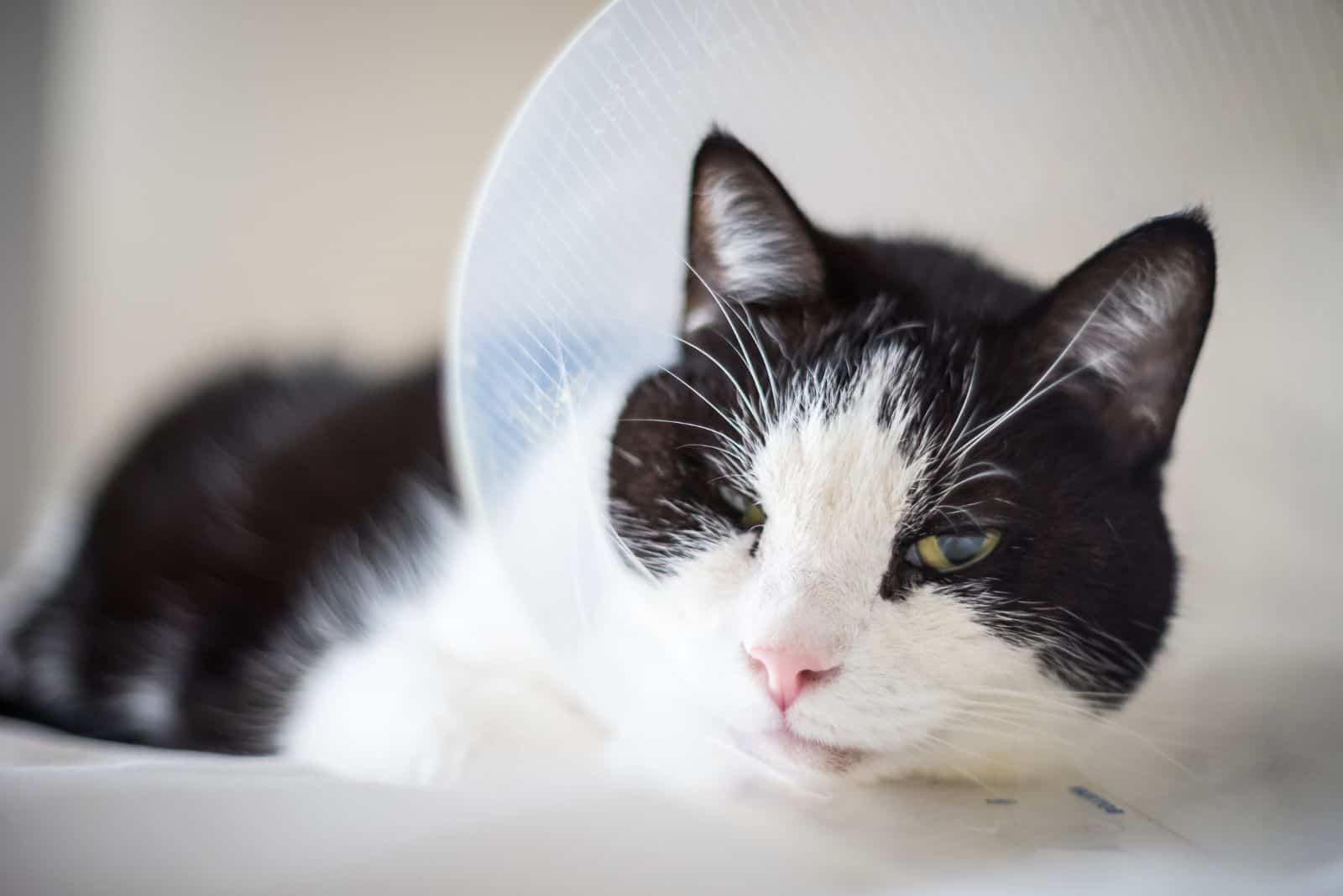
The reason for cat circling behavior may be due to head trauma. Head trauma can cause damage and inflammation of the brain, which may lead cats to circle. Some of the most common signs of head trauma are:
• bleeding from the nose or ears
• seizures
• stiff limbs
• different pupil sizes
• unusual eye movement
• neurological and behavioral changes
If you notice some of these symptoms, it’s most likely that your cat is circling due to head trauma. In that case, taking your feline to the vet for an examination and further treatment is crucial.
#4 Stroke
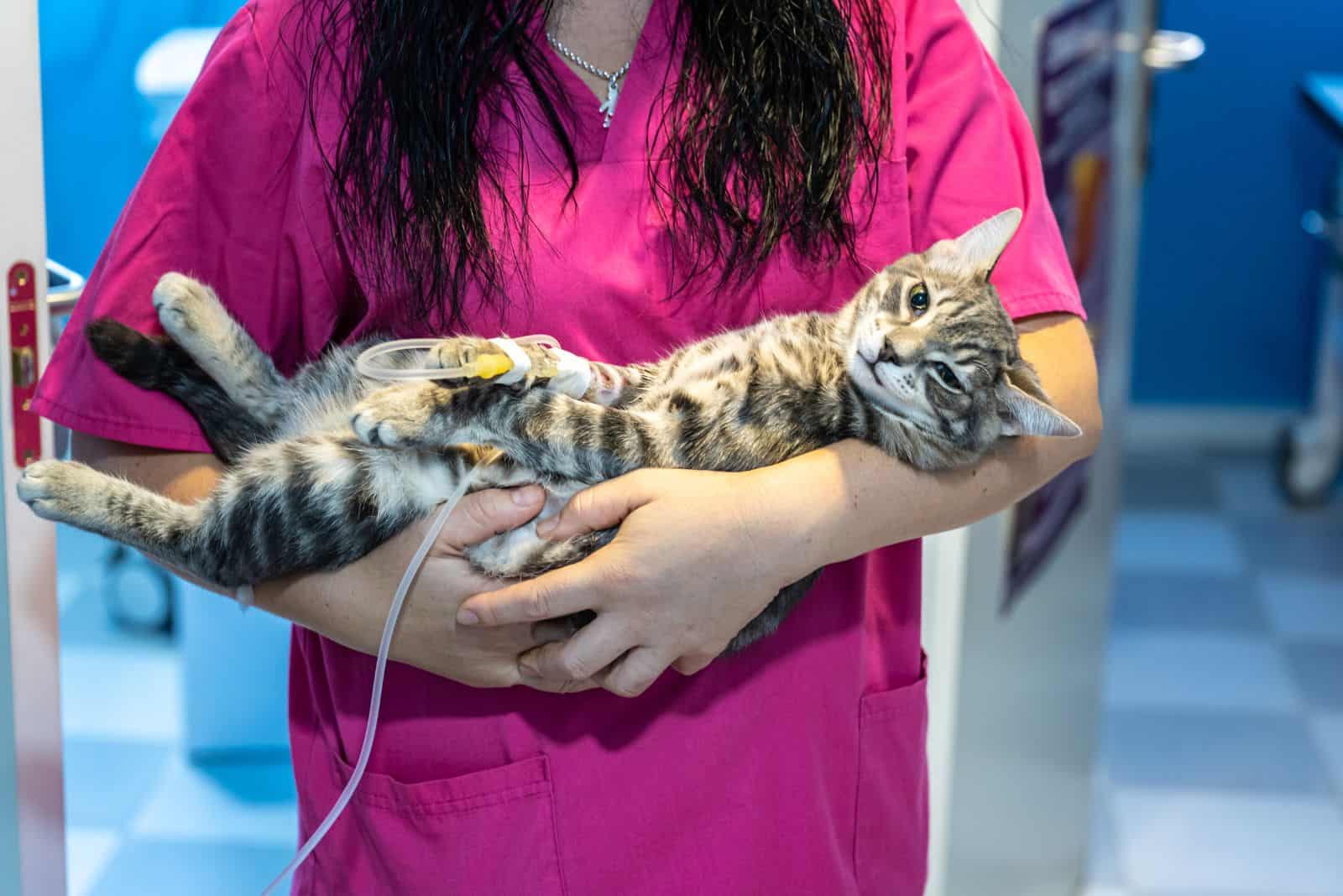
Strokes and similar issues are more common in humans than cats, but they can still happen. Older cats are more likely to suffer a stroke, which may be a possible cause of this circling behavior.
According to the Carolina Veterinary Specialists, common signs of stroke in cats are:
• loss of balance
• weakness and lethargy
• falling and circling
• muscle spasms
• head pressing, etc.
This is a serious issue, so if you notice these symptoms, including circling behavior, it would be best to take your cat to the vet clinic.
#5 Cognitive Dysfunction

Another reason for cat circling behavior may be cognitive dysfunction, which is an issue more common in cats older than 10 years. Besides circling behavior, Cornell Feline Health Center lists other signs of cognitive dysfunction in cats:
• excessive sleeping
• loss of appetite
• defecating and urinating outside the litter box
• excessive vocalizations
• staring, etc.
Unfortunately, cognitive dysfunction cannot be cured; however, it’s crucial to take the cat to the vet for an examination as the issue can be reduced if treated properly.
#6 Idiopathic Vestibular Disease
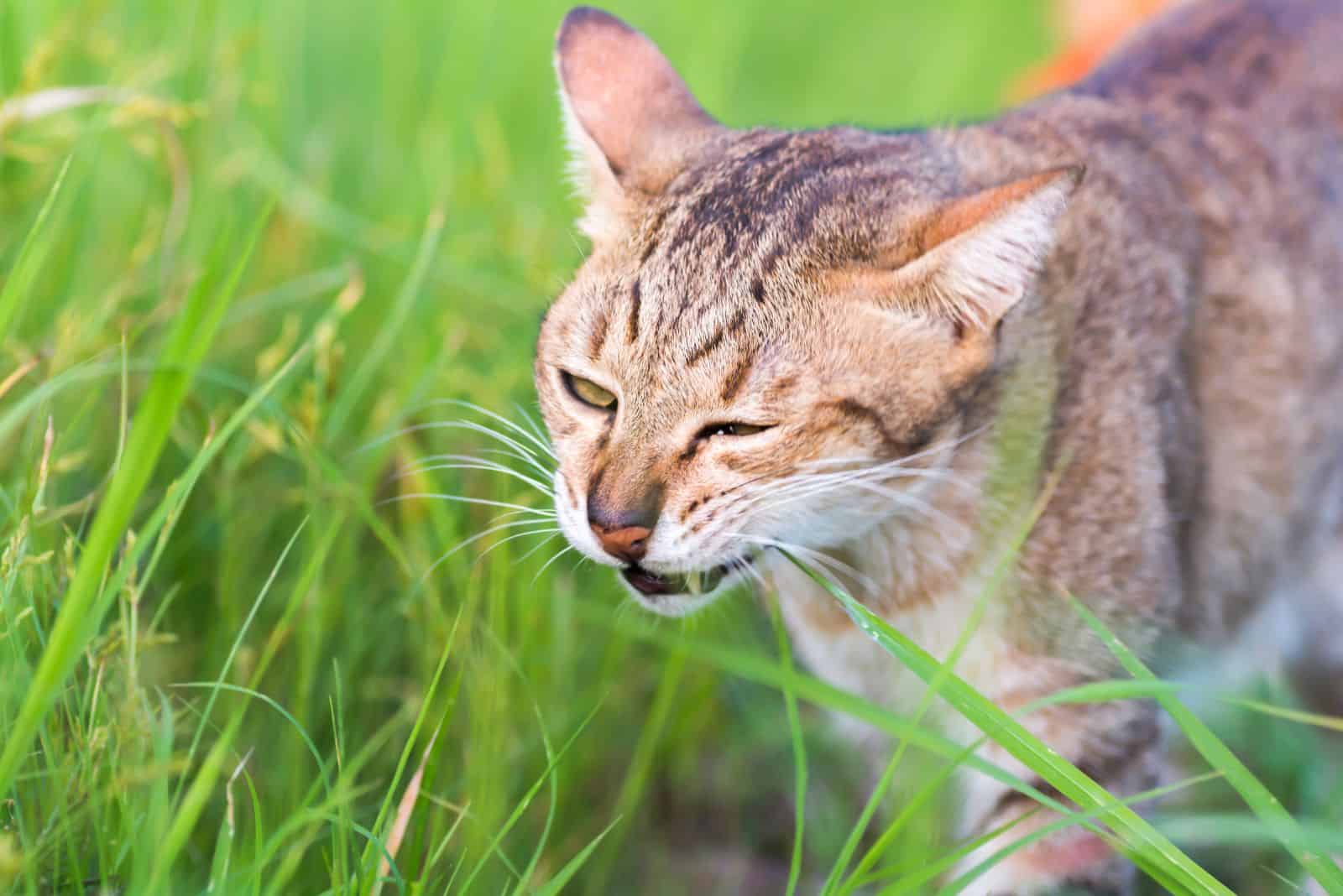
According to the VCA Animal Hospitals, the idiopathic vestibular disease is a short-term, self-resolving condition that can affect cats of all ages.
The most common symptoms of this issue are falling or circling, including vomiting and nausea, and they’re usually the worst during the first 24 hours.
If you notice some of these symptoms in your cat, ensure you take it to the vet for further examination.
#7 Brain Tumor
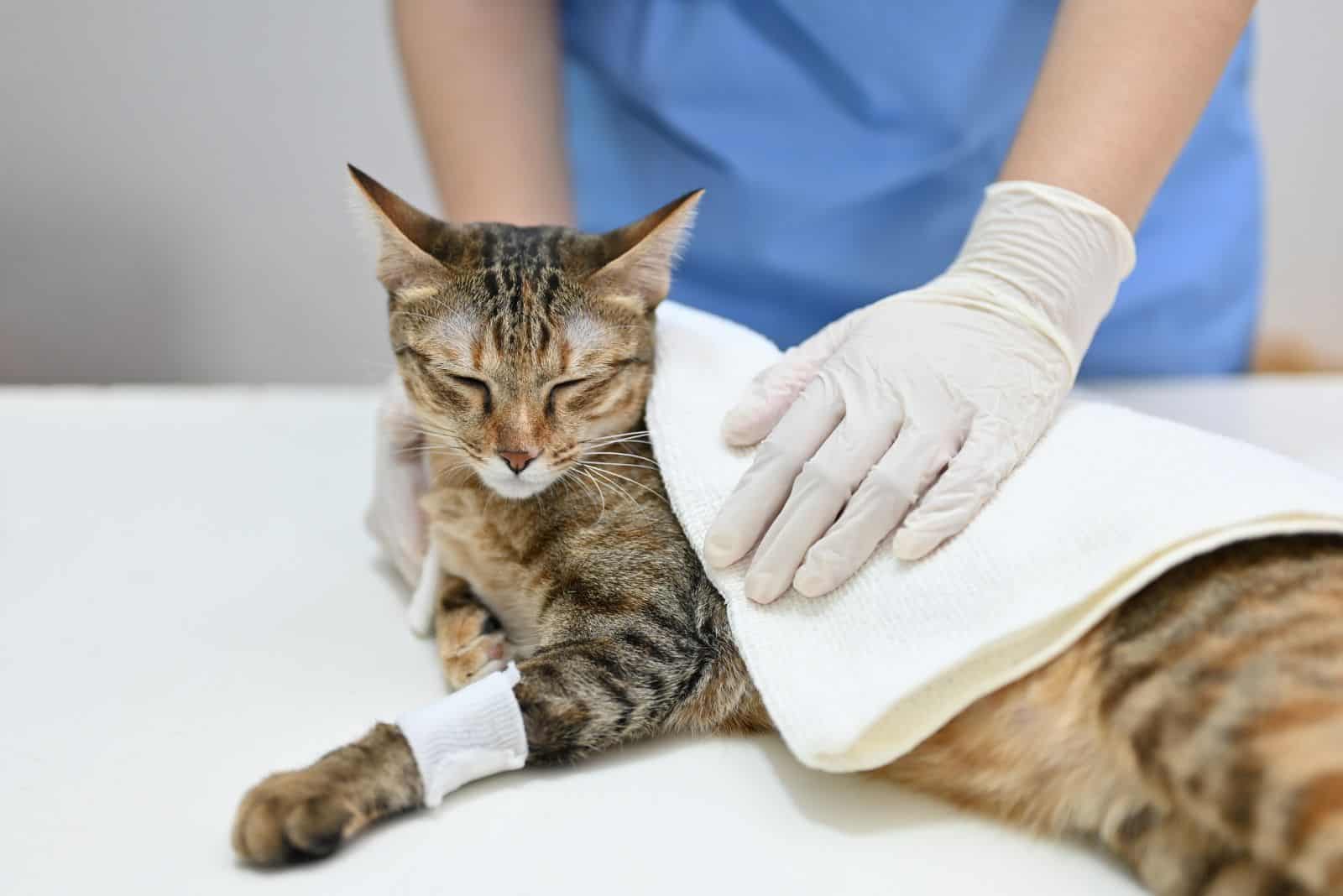
Older cats are more likely to develop brain tumors that are often associated with other neurological changes. There are many symptoms of this health problem, such as:
• circling
• seizures
• vision issues
• excessive vocalization
• changes in habits and learned behaviors, etc.
Considering that most of these symptoms can also be present with other health issues, it’s crucial to take your cat to the vet for a detailed examination.
When To Take Your Cat To The Vet?
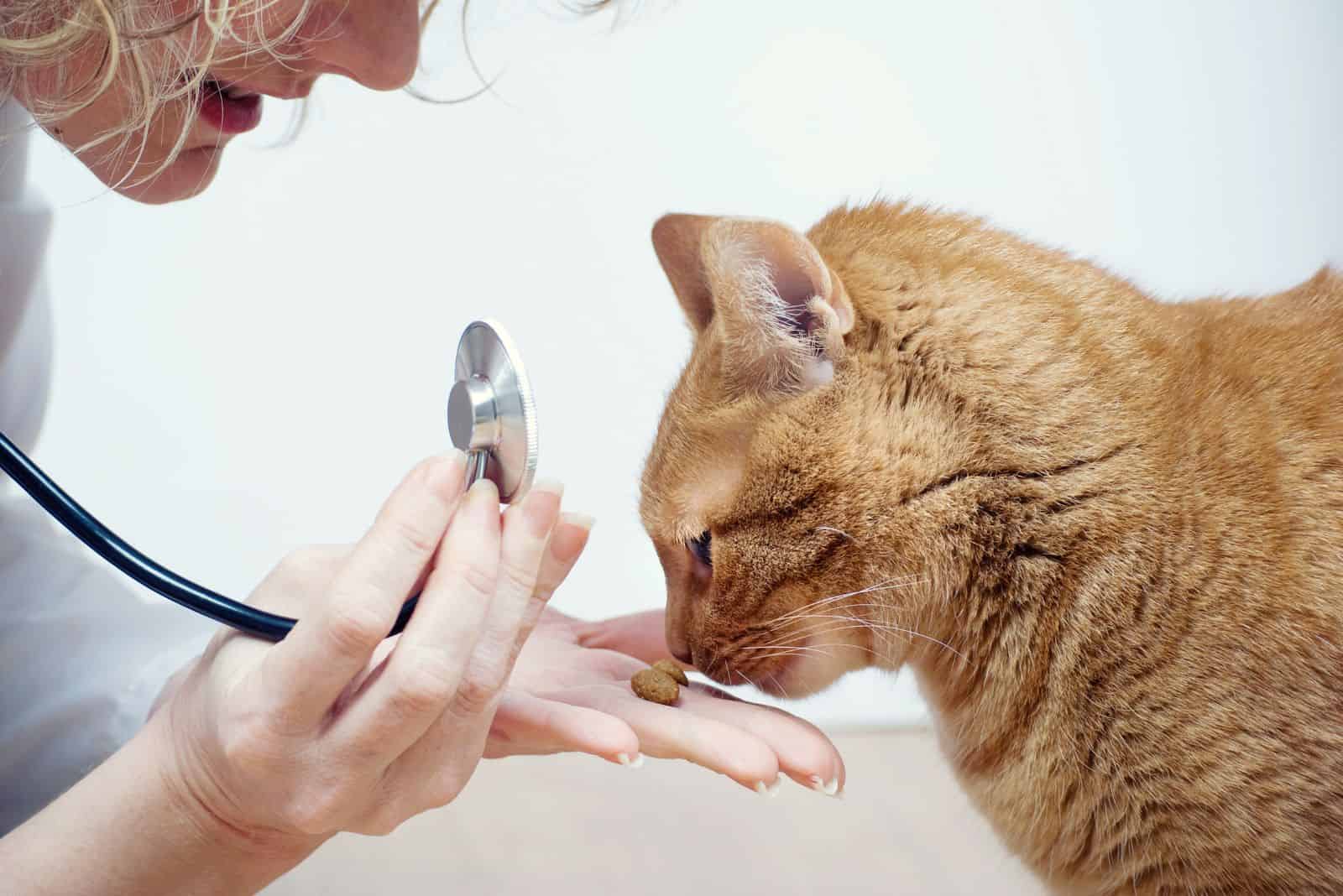
As previously mentioned, circling can be both normal and abnormal behavior. Therefore, whenever you see a cat walking in circles, it would be best to monitor its behavior for a certain period of time.
If the cat starts showing other symptoms that usually require special attention, then the circling behavior might be related to underlying issues.
In that case, the veterinary visit is obligatory so that the exact cause of this unusual behavior can be determined and treated properly!

